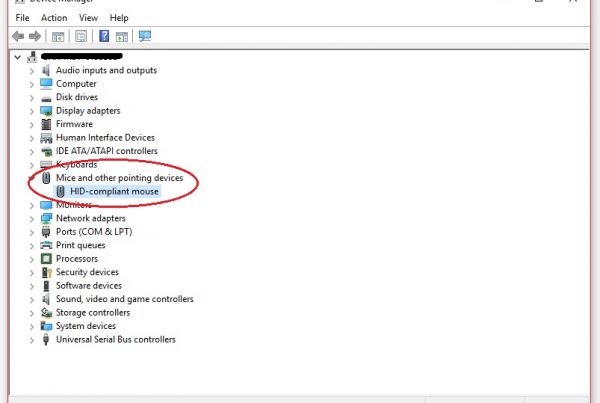The meta tag "noodp" of a web portal serves to prevent search engines from using the title and Meta Description data derived from the ODP public directory, also known as DMOZ, if there is one. Hence the name: NO Open Directory Project -> NOODP.
Position
Trackers access can be controlled using robots via meta tags. These labels are placed in the header, , from the source code of a web portal. The order for the trackers is written in different ways depending on which user is.
The following command is directed to the trackers of any provider:
This other is aimed exclusively at Microsoft:
And this one is for Google crawlers:
The order below informs all crawlers that they can access and index the content, and that they have permission to follow the links. However, meta titles and meta descriptions cannot be extracted from the DMOZ.
Relevance for SEO
Until relatively recently, being listed in the DMOZ directory was considered a guarantee of trust. Regardless, webmasters lost the power to set the title and meta description that search engines displayed in SERPs. This is exactly why it is recommended to use the "noodp" command to select the meta titles and meta descriptions individually. While the meta title directly influences the positioning, the meta description is useful to capture the attention of users and increase the number of visits. Both appear as Snippets in search results, SERPs.






